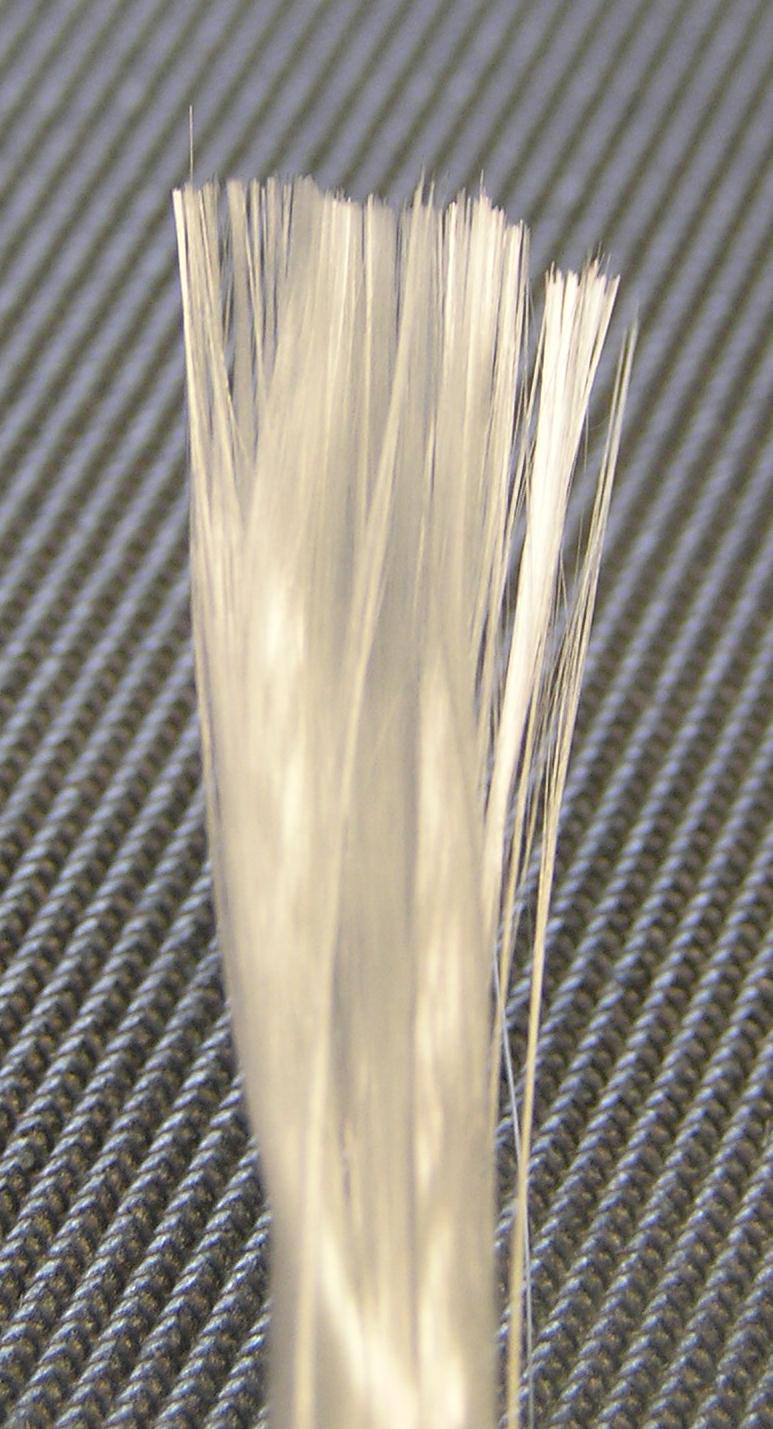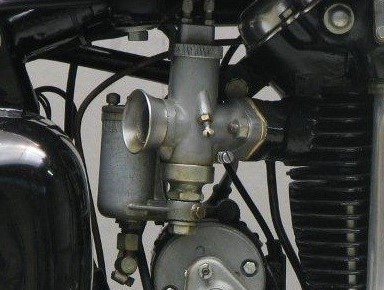|
Velocette Viper
The Velocette Viper is a British motorcycle made by Velocette between 1955 and 1968. Built using traditional methods and materials, it struggled to compete against more modern machines, so from 1960 the designers added new glass fibre enclosure panels, making the Viper one of the first enclosed production motorcycles. Development Introduced in October 1955, the single-cylinder ''Viper'' was developed from the 500cc Velocette MSS which also led to the almost identical 500cc Velocette Venom. Designed by Charles Udall, the Viper's 349cc engine had a bi-metal cylinder with a cast iron liner, high compression piston and a light alloy cylinder head. Using the same bottom end as the Venom, the Viper had a lot of chrome plating and was offered in a choice of black or "willow green" paintwork. The Viper was one of the first to have glass fibre enclosure panels from 1962. These panels extended from the front of the engine, level with the top of the crankcase, to the rear pillion footrests ... [...More Info...] [...Related Items...] OR: [Wikipedia] [Google] [Baidu] |
Velocette
Velocette is a line of motorcycles made by Veloce Ltd, in Hall Green, Birmingham, England. One of several motorcycle manufacturers in Birmingham, Velocette was a small, family-owned firm, selling almost as many hand-built motorcycles during its lifetime, as the mass-produced machines of the giant BSA and Norton concerns. Renowned for the quality of its products, the company was "always in the picture" in international motorcycle racing, from the mid-1920s through the 1950s, culminating in two World Championship titles (1949–1950 350 cc) and its legendary and still-unbeaten (for single-cylinder, 500 cc machines) 24 hours at over 100 mph (161 km/h) record. Veloce, while small, was a great technical innovator and many of its patented designs are commonplace on motorcycles today, including the positive-stop foot shift and swinging arm rear suspension with hydraulic dampers. The business suffered a gradual commercial decline during the late 1960s, eventua ... [...More Info...] [...Related Items...] OR: [Wikipedia] [Google] [Baidu] |
Motorcycle
A motorcycle (motorbike, bike, or trike (if three-wheeled)) is a two or three-wheeled motor vehicle steered by a handlebar. Motorcycle design varies greatly to suit a range of different purposes: long-distance travel, commuting, cruising, sport (including racing), and off-road riding. Motorcycling is riding a motorcycle and being involved in other related social activity such as joining a motorcycle club and attending motorcycle rallies. The 1885 Daimler Reitwagen made by Gottlieb Daimler and Wilhelm Maybach in Germany was the first internal combustion, petroleum-fueled motorcycle. In 1894, Hildebrand & Wolfmüller became the first series production motorcycle. Globally, motorcycles are comparably popular to cars as a method of transport. In 2021, approximately 58.6 million new motorcycles were sold around the world, fewer than the 66.7 million cars sold over the same period. In 2014, the three top motorcycle producers globally by volume were Honda (28%), Yamaha (17 ... [...More Info...] [...Related Items...] OR: [Wikipedia] [Google] [Baidu] |
Glass Fibre
Glass fiber ( or glass fibre) is a material consisting of numerous extremely fine fibers of glass. Glassmakers throughout history have experimented with glass fibers, but mass manufacture of glass fiber was only made possible with the invention of finer machine tooling. In 1893, Edward Drummond Libbey exhibited a dress at the World's Columbian Exposition incorporating glass fibers with the diameter and texture of silk fibers. Glass fibers can also occur naturally, as Pele's hair. Glass wool, which is one product called "fiberglass" today, was invented some time between 1932 to 1933 by Games Slayter of Owens-Illinois, as a material to be used as thermal building insulation. It is marketed under the trade name Fiberglas, which has become a genericized trademark. Glass fiber when used as a thermal insulating material is specially manufactured with a bonding agent to trap many small air cells, resulting in the characteristically air-filled low-density "glass wool" family of prod ... [...More Info...] [...Related Items...] OR: [Wikipedia] [Google] [Baidu] |
Velocette Venom
The Velocette Venom was a 499 cc single-cylinder four-stroke British motorcycle made by Velocette at Hall Green in Birmingham. A total of 5,721 machines were produced between 1955 and 1970. In 1961 a factory-prepared faired Velocette Venom and a team of riders set the 24-hour world record at a speed of at the Autodrome de Linas-Montlhéry, a banked oval racetrack in France. It was the first motorcycle to average over 100 mph continuously for 24 hours and no 500cc or single-cylinder motorcycle has broken this record. In 1965, the Velocette Venom was further developed with a full racing kit to create the range-topping Velocette Thruxton, with a special cylinder head developed by American flat-track racers, and adapted by Velocette to create a new production racer. It was a very popular and successful clubman racer, winning the 1967 Isle of Man Production TT. The Thruxton became the most popular Velocette model, but could not save the Velocette company from bankruptcy ... [...More Info...] [...Related Items...] OR: [Wikipedia] [Google] [Baidu] |
Charles Udall
Charles is a masculine given name predominantly found in English and French speaking countries. It is from the French form ''Charles'' of the Proto-Germanic name (in runic alphabet) or ''*karilaz'' (in Latin alphabet), whose meaning was "free man". The Old English descendant of this word was '' Ċearl'' or ''Ċeorl'', as the name of King Cearl of Mercia, that disappeared after the Norman conquest of England. The name was notably borne by Charlemagne (Charles the Great), and was at the time Latinized as ''Karolus'' (as in ''Vita Karoli Magni''), later also as '' Carolus''. Some Germanic languages, for example Dutch and German, have retained the word in two separate senses. In the particular case of Dutch, ''Karel'' refers to the given name, whereas the noun ''kerel'' means "a bloke, fellow, man". Etymology The name's etymology is a Common Germanic noun ''*karilaz'' meaning "free man", which survives in English as churl (< Old English ''ċeorl''), which developed its depre ... [...More Info...] [...Related Items...] OR: [Wikipedia] [Google] [Baidu] |
Cast Iron
Cast iron is a class of iron–carbon alloys with a carbon content more than 2%. Its usefulness derives from its relatively low melting temperature. The alloy constituents affect its color when fractured: white cast iron has carbide impurities which allow cracks to pass straight through, grey cast iron has graphite flakes which deflect a passing crack and initiate countless new cracks as the material breaks, and ductile cast iron has spherical graphite "nodules" which stop the crack from further progressing. Carbon (C), ranging from 1.8 to 4 wt%, and silicon (Si), 1–3 wt%, are the main alloying elements of cast iron. Iron alloys with lower carbon content are known as steel. Cast iron tends to be brittle, except for malleable cast irons. With its relatively low melting point, good fluidity, castability, excellent machinability, resistance to deformation and wear resistance, cast irons have become an engineering material with a wide range of applications and are ... [...More Info...] [...Related Items...] OR: [Wikipedia] [Google] [Baidu] |
Amal (motorcycle)
AMAL was a British engineering company servicing the motorcycle and other light-engineering motor industries between 1927 and 1993Amalgamated Carburetters Grace's Industrial Guide. Retrieved 2013-07-09 based in . AMAL is a British carburettor trademark. Amal was the supplier of carburettors to many marques within the British motorcycle industry including the largest of British manufacturers, such as BSA and |
British Thomson-Houston
British Thomson-Houston (BTH) was a British engineering and heavy industrial company, based at Rugby, Warwickshire, England, and founded as a subsidiary of the General Electric Company (GE) of Schenectady, New York, United States. They were known primarily for their electrical systems and steam turbines. BTH was taken into British ownership and amalgamated with the similar Metropolitan-Vickers company in 1928 to form Associated Electrical Industries (AEI), but the two brand identities were maintained until 1960. The holding company, AEI, later merged with GEC. In the 1960s AEI's apprenticeships were highly thought-of, both by the apprentices themselves and by their future employers, because they gave the participants valuable experience in the design, production and overall industrial management of a very wide range of electrical products. Over a hundred of the apprentices - who came to Rugby from all over the UK, and a few from abroad - lodged in the nearby Apprentices' Host ... [...More Info...] [...Related Items...] OR: [Wikipedia] [Google] [Baidu] |
Ignition Magneto
An ignition magneto, or high-tension magneto, is a magneto that provides current for the ignition system of a spark-ignition engine, such as a petrol engine. It produces pulses of high voltage for the spark plugs. The older term ''tension'' means ''voltage''. The use of ignition magnetos is now confined mainly to engines where there is no other available electrical supply, for example in lawnmowers and chainsaws. It is also widely used in aviation piston engines even though an electrical supply is usually available. In this case, the magneto's self-powered operation is considered to offer increased reliability; in theory, the magneto should continue operation as long as the engine is turning. History Firing the gap of a spark plug, particularly in the combustion chamber of a high-compression engine, requires a greater voltage (or ''higher tension'') than can be achieved by a simple magneto. The ''high-tension magneto'' combines an alternating current magneto generator a ... [...More Info...] [...Related Items...] OR: [Wikipedia] [Google] [Baidu] |
Velocette MSS
The Velocette MSS is a motorcycle made by Velocette. It was fast, reliable and economical but could not compete against a new range of British twin-cylinder motorcycles. Production ended in 1968. Development It was launched in 1935 as a 500cc to the new m series models, intended as a side car hauler. World War II halted production which did not resume until 1954. The new MSS was a much more modern machine with the same frame as the Velocette MAC and was fitted with sidecar lugs and had optional panniers to appeal to the touring market. Buyers started tuning the MSS for speed, however, and the factory responded by producing the sports Velocette Venom model. In 1955 a scrambles version was also produced. Racing history Burt Munro from New Zealand, featured in the film ''The World's Fastest Indian'' raced a heavily modified 1936 Velocette MSS. Racing preparation included making special pistons, changing the frame and increasing engine capacity to 650 cc. His top speed record ... [...More Info...] [...Related Items...] OR: [Wikipedia] [Google] [Baidu] |




.jpg)